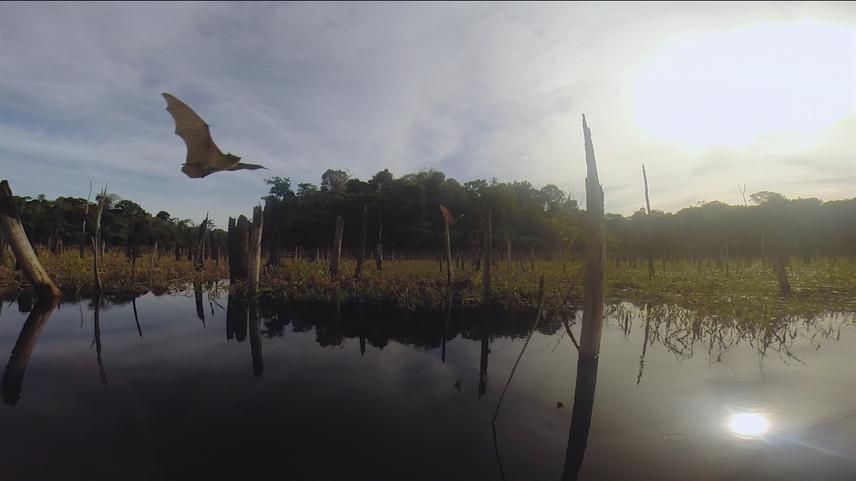Raffaello Di Ponzio
We propose to assess the effects of the ~30-year insularization history on an Amazonian dam over different levels of organization of aerial insectivores bat assemblages.

Hydroelectric dams result in significant environmental and social impacts, and there is a trend to underestimate those impacts while overestimating benefits, especially in the tropics. The 2017-2021 Brazilian Plan for Energetic Expansion indicates that 11 large hydroelectric dams (>30MW) will be concluded along major Amazonian rivers. Thus, there is an urgent need to adjust to a scenario of low-impact hydroelectric infrastructure when considering future dams. Bats represent a significant fraction of all tropical forest mammal species — often accounting for >50% of the local mammal fauna in Amazonian forests — and are excellent models to quantitatively assess the effects of anthropogenic changes on the environment. However, the impact of hydroelectric dams on aerial insectivorous bats have never been assessed in an Amazonian forest. We propose to examine how aerial insectivorous bat assemblages have responded to drastic ~30-year isolation history of landscape change and habitat structure within the Balbina Hydroelectric Reservoir and identify strategies to reduce the pervasive impacts on forest biodiversity caused by future dams in lowland Amazonia. We hypothesize that aerial insectivorous bat species richness; activity and assemblage’s composition will be affected by landscape fragmentation. Furthermore, we will identify mechanisms to minimize biodiversity loss caused by hydroelectric power stations and provide objective guidance for legally required faunal monitoring programs in including proactive, preventive management and conservation strategies.
This study will take place in the Balbina Hydroelectric Dam, in Central Amazon. Balbina Dam flooded 443,700 ha of primary forests and created some 3,547 islands of different sizes, shapes, and degrees of isolation. Furthermore, forest patches are embedded within a freshwater matrix, consisting of a homogeneous and highly contrasting environment inhospitable to most terrestrial and many aerial organisms. This reduces the confounding effects of different degrees of matrix habitat use and permeability compared to terrestrial human-modified tropical landscapes. Island characteristics make the Balbina Reservoir an excellent experimental lab, in which a large number of replicates with different environmental features are present, allowing responses of aerial insectivorous bats to habitat fragmentation and isolation to be examined across the landscape where patches were formed simultaneously and were exposed to the same history of anthropogenic disturbances. Automatic ultrasound recording stations will be set on 40 sampling sites (37 islands and 3 mainland forest sites) between July-September 2016 and January-March 2017 to register aerial insectivorous bats activity.